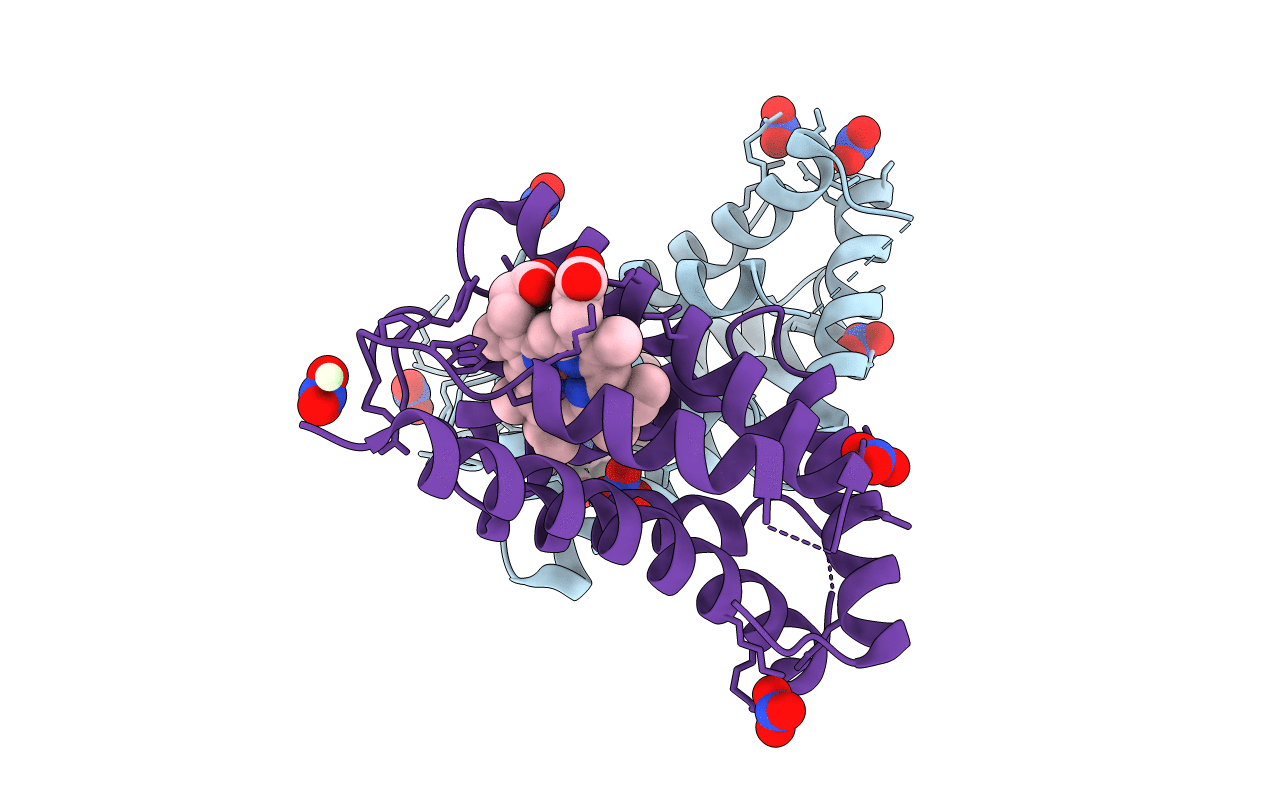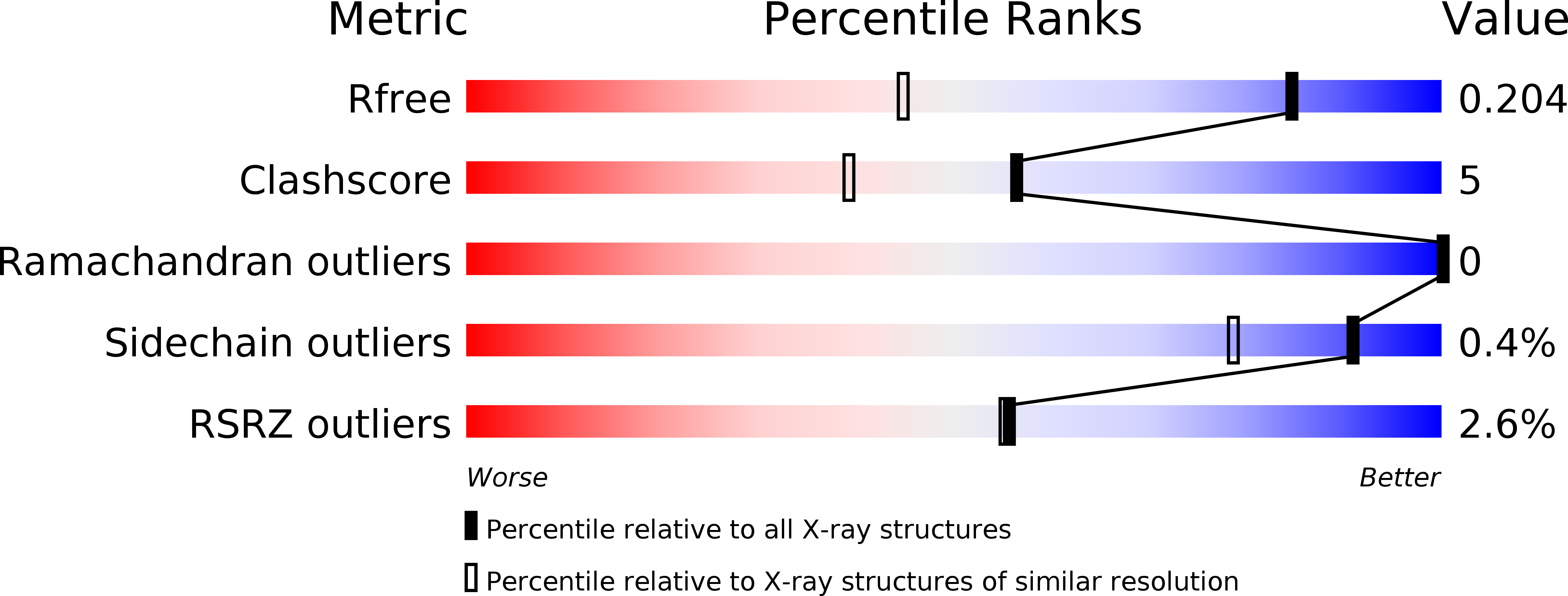
Deposition Date
2010-05-03
Release Date
2010-06-16
Last Version Date
2024-02-21
Entry Detail
PDB ID:
3MVC
Keywords:
Title:
High resolution crystal structure of the heme domain of GLB-6 from C. elegans
Biological Source:
Source Organism:
Caenorhabditis elegans (Taxon ID: 6239)
Host Organism:
Method Details:
Experimental Method:
Resolution:
1.40 Å
R-Value Free:
0.20
R-Value Work:
0.16
R-Value Observed:
0.16
Space Group:
P 1 21 1


